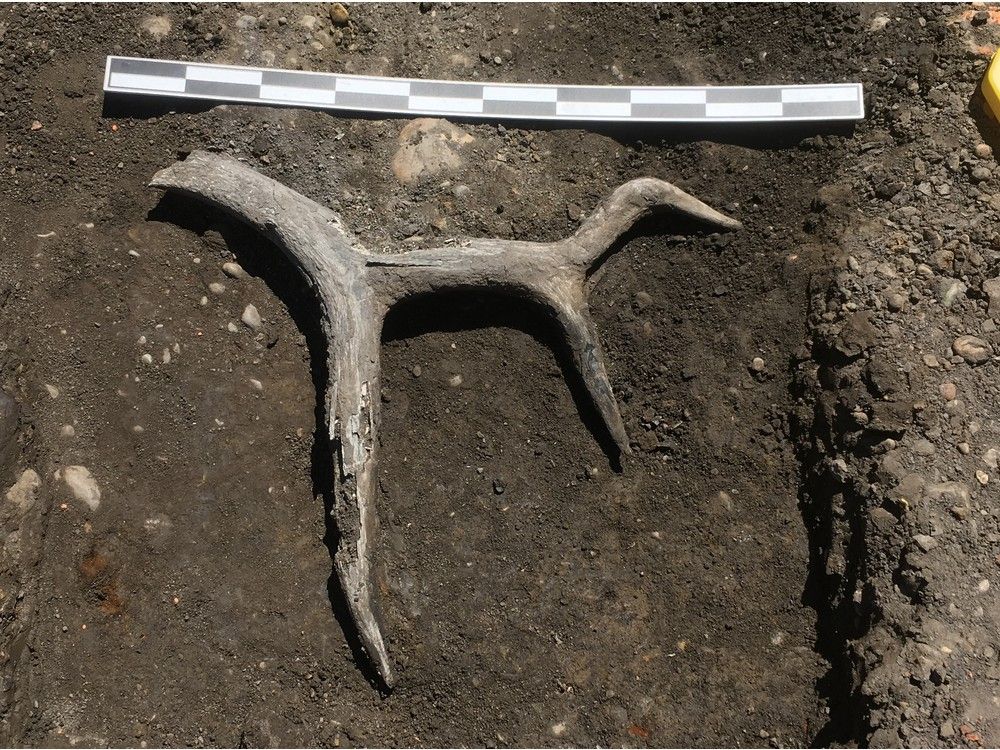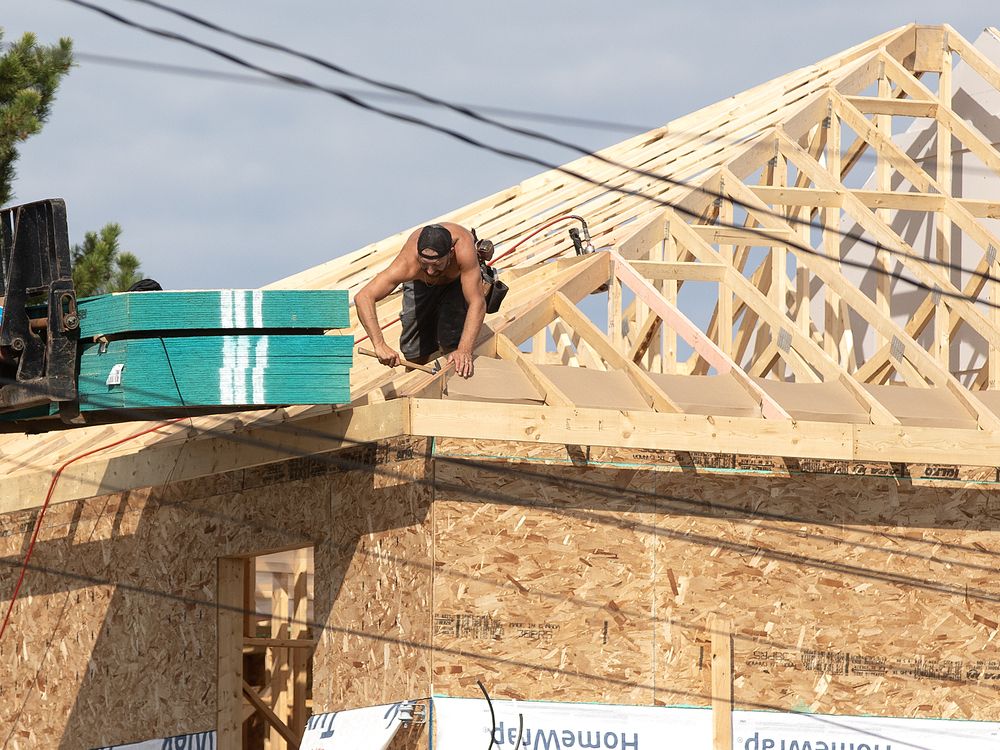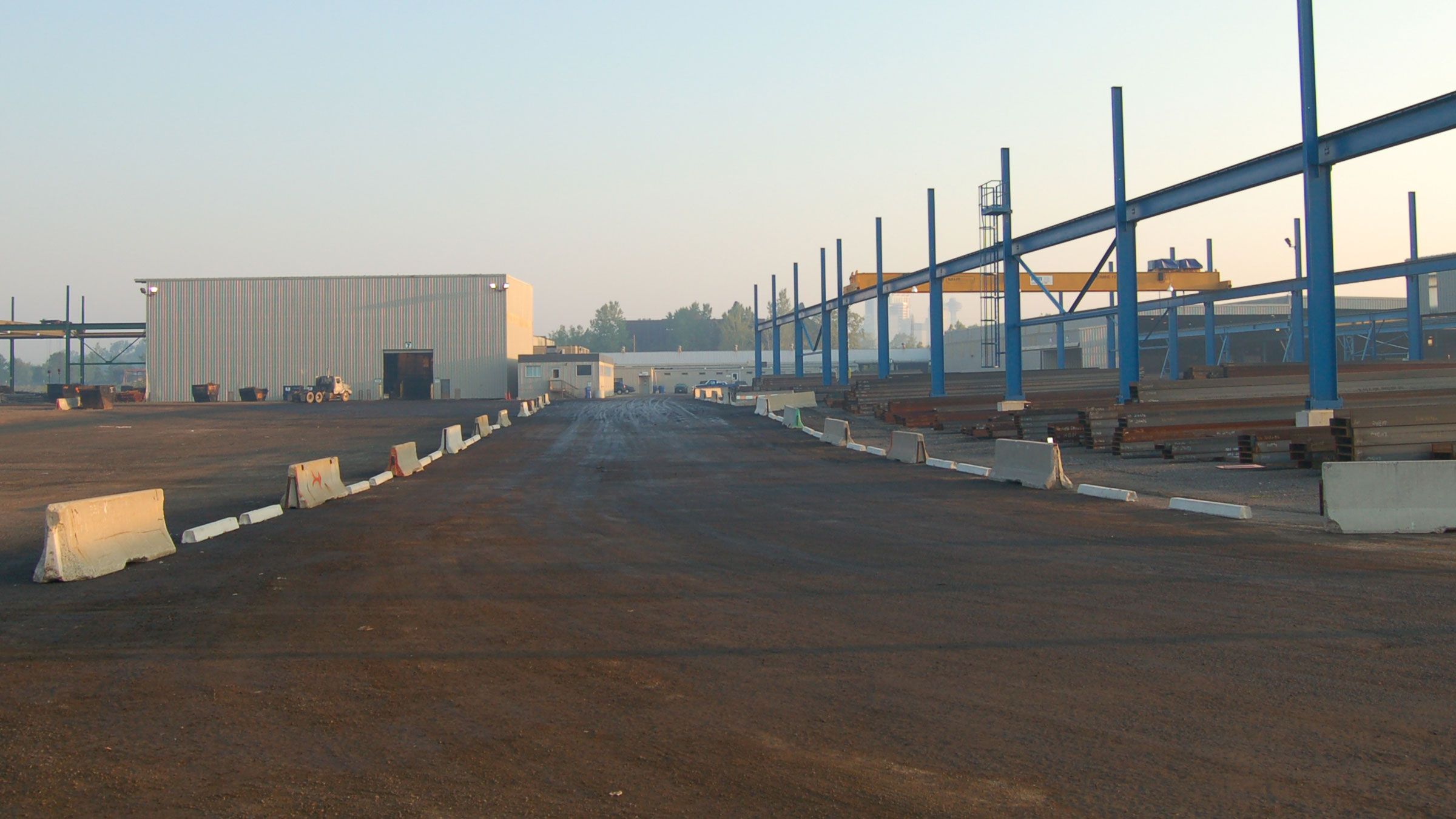NextStar Energy battery plant on track for production late 2025 while competitors delay projects

The massive electric vehicle battery plant in southwestern Ontario should produce its first module this month as the project looks to hire another 200 employees before the end of the year.
Windsor’s NextStar Energy plant, expected to be the first facility of its kind to begin production in Canada, will eventually employ 2,500 people and spur a supply chain that could lead to thousands of additional jobs.
CEO Danies Lee outlined the operation’s production schedules in an interview with CBC News this week and acknowledged that competitors are halting projects in Canada.
“There is some slowdown in the EV market, but when it comes to our project that we’re working with Stellantis, our customer, they have a clear plan for the EV transition and seems like so far we are pretty much on track,” said Lee during a job fair on Wednesday.
“That’s why we are one of few projects without any issue in terms of schedule, scale of the product.”
These projects have been touted by all levels of government as job creators that will renew the country’s manufacturing sector.
But as the transition to electric vehicles softens, companies have announced plans to scale back or pause construction of the projects.
Multiple projects delayed in Canada
Northvolt announced this month that it could delay construction of a $7-billion electric vehicle battery plant planned for Quebec while it reviews spending plans.
Ford Motor Co., citing slower than expected EV growth, is delaying EV production in Oakville until 2027 and Umicore halted construction of its multi-billion dollar electric vehicle battery materials plant earlier this summer.
The NextStar Energy operation in Windsor will produces battery cells and the modules that contain those cells which are placed into battery packs.
Lee expects cell production to start in the fall of 2025.
“We are working very hard to make sure that in one year we are fully ready for the production of the cell and electrode,” said Lee.
Initially, the company expected production to begin in early 2025 but a battle over production subsidies with the Canadian and Ontario government halted construction for about a month.
Now, the company is ramping up hiring as the facility works toward production and looking to add to its current staff of about 350 employees.
Ed Novacco, the company’s director of human resources, said they expect to get that number to 600 by the end of the year.
“We’re really focusing on what we call our seed member group which is a highly specialized group: everything from technicians to engineers and leaders,” said Novacco.
Those people will be brought to plants out of the country to train and return to bring the plant online.
Jobs coming that don’t require post-secondary education
Lee, who said that people are “crazy busy” at the plant working toward production, was initially concerned about getting the right type of people applying to the plant.
“One of our biggest concerns is the availability of the people who match the requirement and the need of the job here in the battery plant,” he said.
Lee said he’s “absolutely satisfied” by the quality of the workforce as well as how quickly the supply chain for the plant has shaped up.
While the company continues to hire specialized positions, Novacco said there will be openings that people without a post-secondary position should consider applying for.
“We have opportunities for people with high school education, think more of our entry-level production-type technicians or maybe general labour and maintenance,” he said.
NextStar Energy’s director of Human Resources Ed Novacco outlines where the hiring process sits for jobs at the battery plant in Windsor.
There’s also a need for people with engineering and robotics degrees because of the type of work required to create a battery.
Novacco did not give specifics about wages or benefits but described them as “very competitive.”
“In the southwest Ontario region, we’re in that neighbourhood,” he said when asked if the wages would compare to what people are making at the Stellantis Windsor Assembly Plant.





